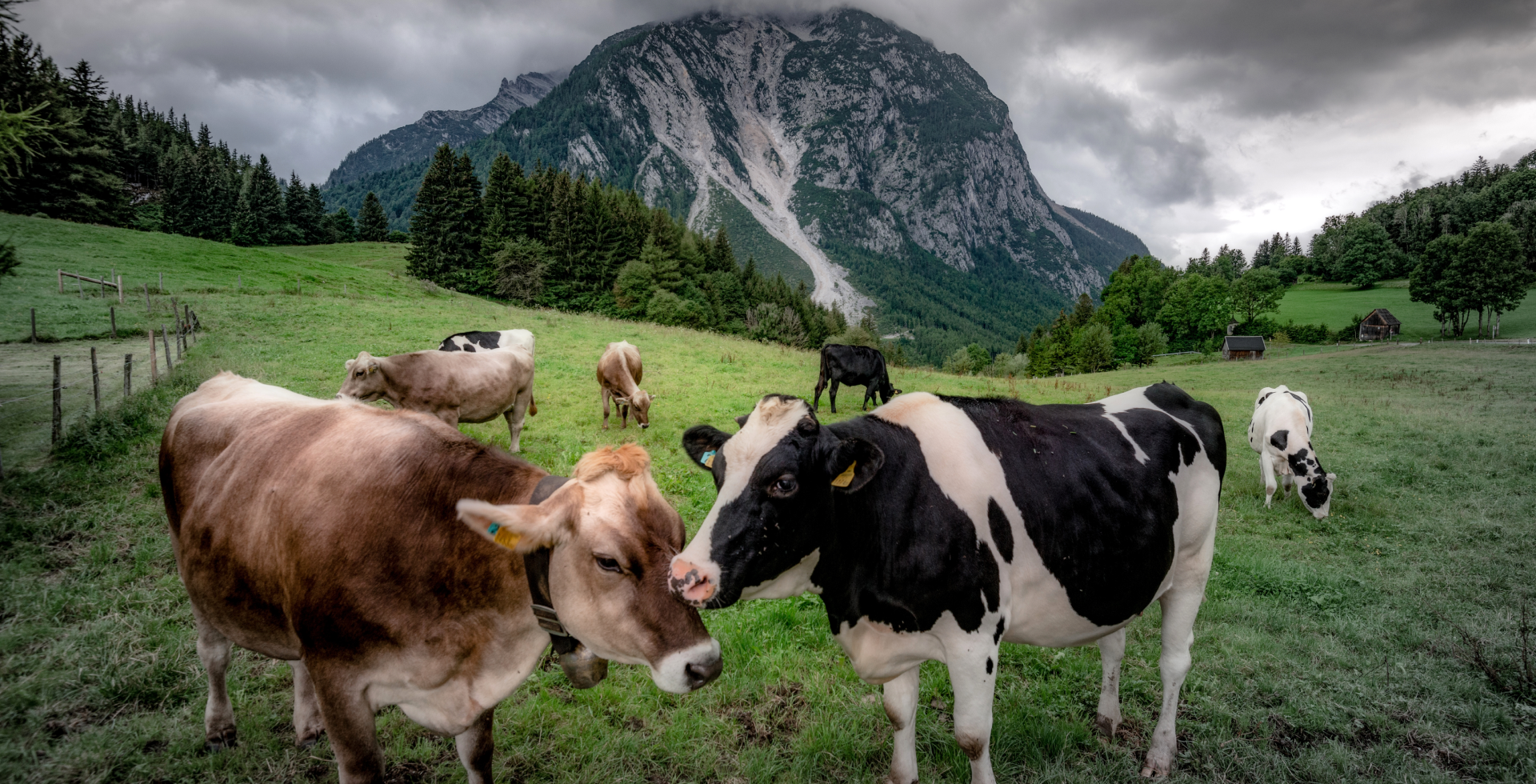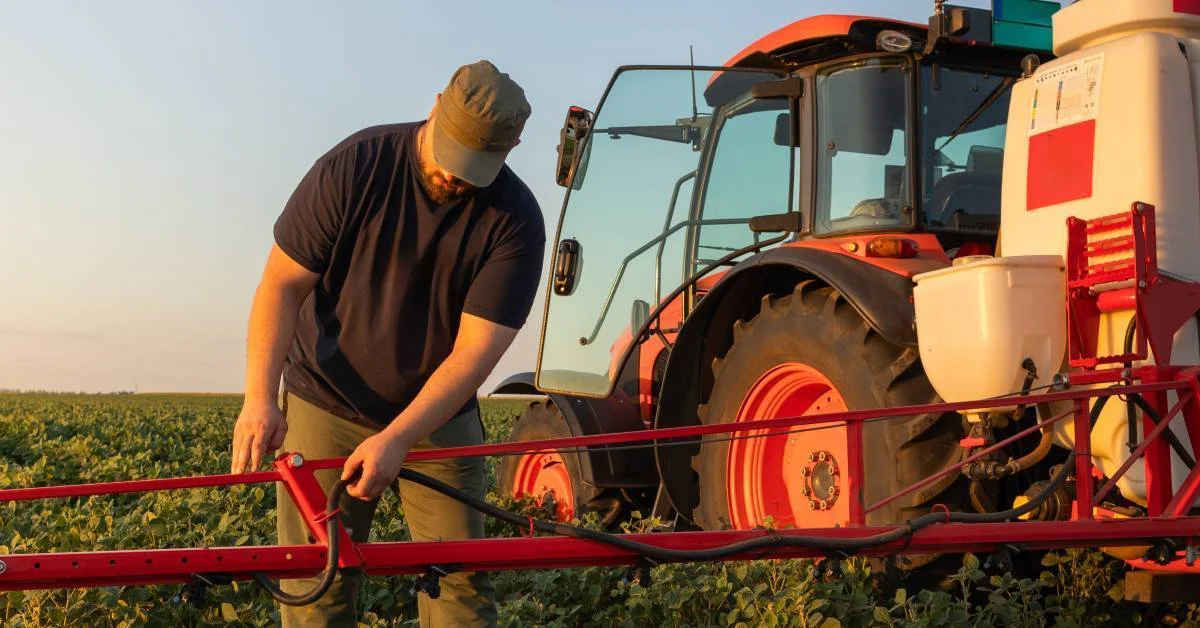Attention, all farmers and cattle enthusiasts! Are you ready to learn about the tell-tale signs of cows in heat? It’s crucial for successful breeding but can be tricky to spot.
Don’t worry; with this thorough guide, we’ve got you prepared to identify the physical and behavioural changes that occur in your bovine when its hormones start to spike.
There are plenty of notable signs of cows in the heat including mounting or wanting to be mounted by other cows, sniffing and trailing other females, nervousness, ruffled tail, swollen vulva, mud on the body, a lowered appetite, and several more!
9 Signs to Look for When Identifying Cows in Heat
1. Restlessness
Restlessness is one of the most prominent signs of cows in heat. They may become more active and agitated, constantly pacing or moving around the barn or pasture. They may also exhibit mounting behavior towards other cows or objects.
Additionally, cows in heat may have a decreased appetite and appear nervous or easily spooked. Farmers and ranchers should know these signs to successfully detect and manage cows in heat.
2. Urination
Urination is a common sign of a cow in heat. They may frequently urinate and have increased urine output. The urine may also have a distinct odor that can attract bulls.
Additionally, cows in heat may show discomfort while urinating, such as kicking or lifting their tail. Farmers and ranchers should know these signs to accurately identify cows in heat and plan for successful breeding.
3. Body Language
Body language is a crucial indicator of cows in heat. They may exhibit mounting behavior towards other cows or objects, display a more rigid posture and raise their tail.
Cows in heat may also rub against fences or other things and show increased interest in their surroundings, but all of this depends upon how long a cow is in heat.
4. Mounting
Mounting behavior is one of the most apparent signs of cows in heat. They may sometimes mount other cows, objects, or even people.
Cows in heat may also stand to be mounted by other cows, often raising their tail to one side to facilitate mating.
Farmers and ranchers should closely monitor their cows for scaling behavior, as it is a reliable sign of heat and a crucial factor in successful breeding practices.
5.Vulva Mucous
The presence of vulva mucous is due to cows’ heat signs. As ovulation approaches, cows produce a clear, stringy mucous discharge from their vulva.
The release amount may vary between cows, but it is generally a good indicator of their fertility and readiness to breed.
6. Metestrus Bleeding
Metestrus bleeding is a less common sign of cows in heat, but it can help identify when they are ready for gestation. Some cows may experience a small amount of bloody discharge a few days after their heat cycle ends.
Changes in the uterus lining cause this and is a reliable indicator that the cow has ovulated and is ready for breeding.
7. Decreased Feed Intake
Decreased feed intake shows cows in heat. As cows approach ovulation, their appetite may decrease due to hormonal changes. This can be a temporary decrease or last for the entire heat cycle.
Monitoring feed intake and adjusting feeding schedules are essential to maintain cow health and ensure successful breeding.
8. Sniffing and Licking
Sniffing and licking are signs of cows and heifers in heat that farmers and ranchers should observe. Cows in heat may sniff and lick other cows or objects more frequently, particularly in the genital area.
This behavior indicates that they are seeking out the pheromones and scent of other cows and is a reliable indicator of heat.
9. Head Raising and Lip Curling
Head raising and lip curling are signs of a cow in heat that farmers and ranchers should look out for. When a cow is in heat, she may raise her head and curl her upper lip, known as the Flehmen response.
This behavior helps cows detect pheromones in the air, particularly those related to reproductive readiness.
How Cattlytics Can Help
With the help of data analytics, Cattlytics, a cattle management app, smartly provides the farmer with all the necessary insights that can help cattle management on the go.
With its efficient monitoring abilities, it can help farmers stay informed and take timely action. This, in turn, boosts farmers’ productivity.
Conclusion
Understanding the signs of cows in heat is essential for successful breeding programs. Farmers and ranchers should closely monitor their cows for restlessness, mounting behavior, changes in body language, urination patterns, vulva mucous, and other signs. By doing so, they can accurately identify when cows are in heat and optimize their breeding schedules to maintain a healthy herd and maximize profitability.
Q1: What are the physical signs of a cow in heat?
The physical signs of a cow in heat include restlessness, mounting behavior, changes in body language, urination patterns, vulva mucous, head raising, lip curling, and decreased feed intake.
Q2: What is the average length of a cow’s heat cycle?
The average length of a cow’s heat cycle is 21 days, ranging from 18 to 24 days. The actual number may vary between cows, and may also be influenced by factors such as breed and season.
Q3: How often do cows come in heat?
Cows come in heat every 21 days on average, but this can vary between cows and is influenced by factors such as breed and season. Regular monitoring is essential for successful breeding.
Q4: What factors can affect a cow’s heat cycle?
Factors affecting a cow’s heat cycle include breed, season, nutrition, health status, age, and environment. Farmers and ranchers need to monitor these factors to maintain a healthy herd.








